Deep in the Arizonan desert are rows and rows of disused 1960s aircraft. Left there because the dry climate and alkaline soil keeps them intact, the Boeing B-52 Stratofortress bombers lie dormant.
These airplanes – hauntingly ubiquitous during the Vietnam War – are just some of the striking relics of the Cold War dotted across the world.
This 20th century hostility spanned four decades and several continents, so perhaps it’s no wonder that so many physical artifacts survive from the era.
Robert Grenville’s new book “Abandoned Cold War Places,” published by Amber Books, is a photographic odyssey through the disused sites that once played an integral role in the standoff between the Soviet Union and US-led NATO allies.
From this eerie US aircraft boneyard to a onetime USSR naval base that’s now a tourist hotspot, Grenville’s book is a haunting evocation of the impact of this era, published to coincide with the anniversary of the fall of the Berlin Wall on November 9, 1989.
“It seemed the right time to look at the physical legacy of the stand-off between these two power blocs,” Grenville tells CNN Travel.
Physical legacy
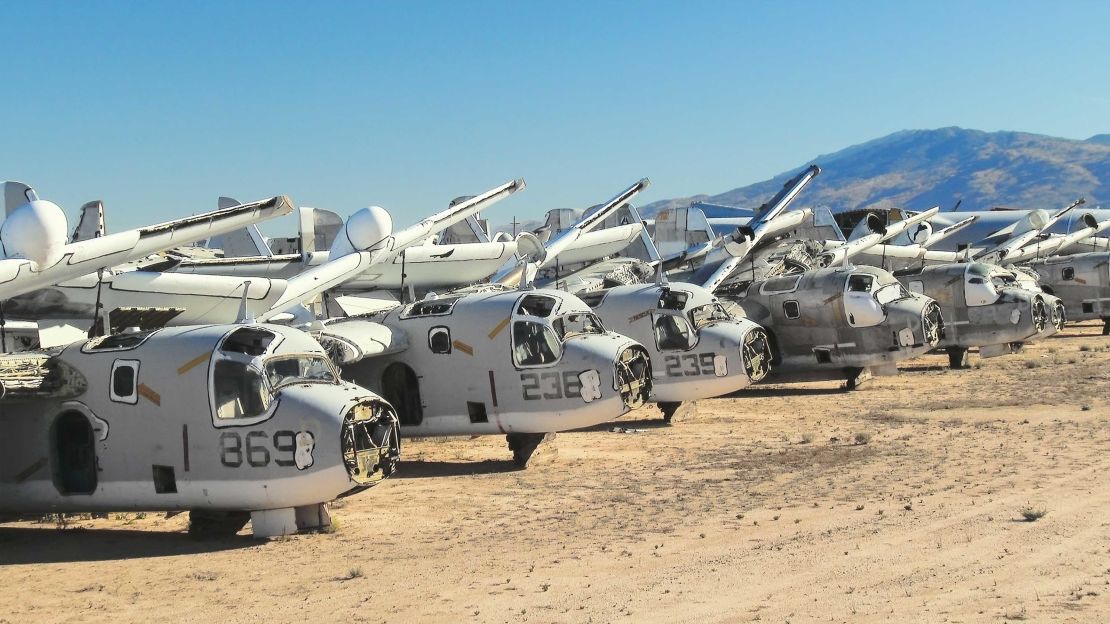
Greville groups the striking photographs by region rather than by timeline. His book focuses on the widespread effect of the Cold War on countries across the world.
It’s not an exhaustive history, Grenville emphasizes, but more “a curated tour of the detritus left behind by both sides around the world during the Cold War.”
The British historian had an idea of what sites he might like to include, but it was also prompted by photographs Amber Books picture researcher Terry Forshaw discovered during the writing process.
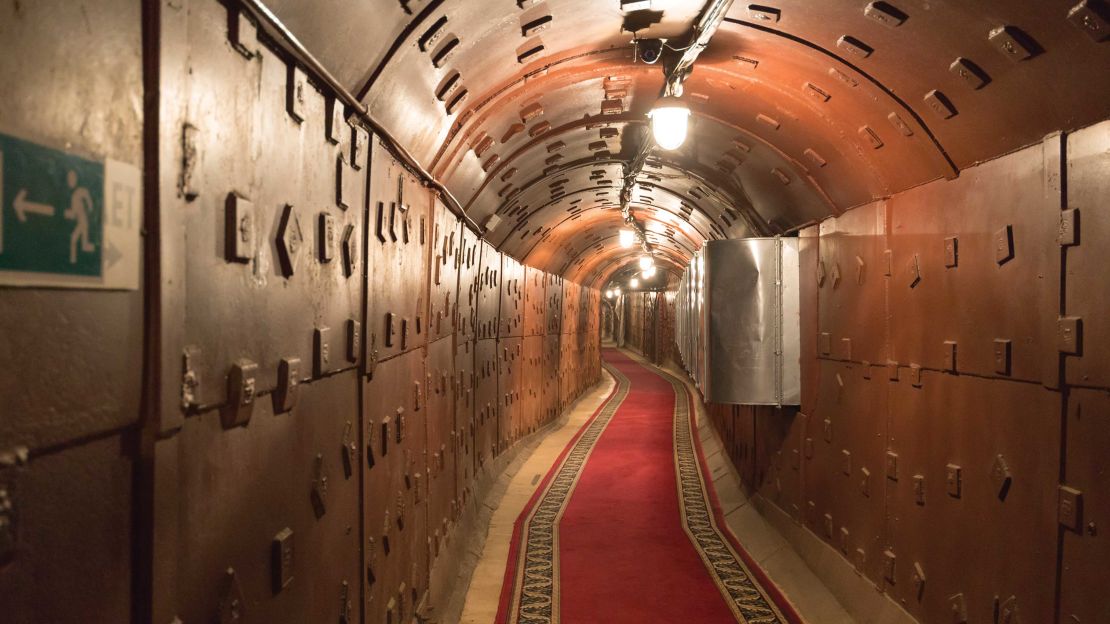
“Cold War sites I’ve visited always have a certain atmosphere, a sense of the history that possesses even the most banal of objects, and we’ve tried hard to try to convey that to the readers,” says Grenville.
He knew from the outset that he wanted to include images of the B-52 bombers and S-2 anti-submarine aircraft in Tuscon.
“I’ve always been fascinated by what happens to aircraft when they reach their end of life, and the US Air Force has stored obsolete aircraft for years in perfect dry conditions that keep the aircraft looking ready to fly,” Grenville says.
In fact, they’ve kept the planes in such good condition that one of these B-52 was recently regenerated and sent back into the skies after 10 years out of service.
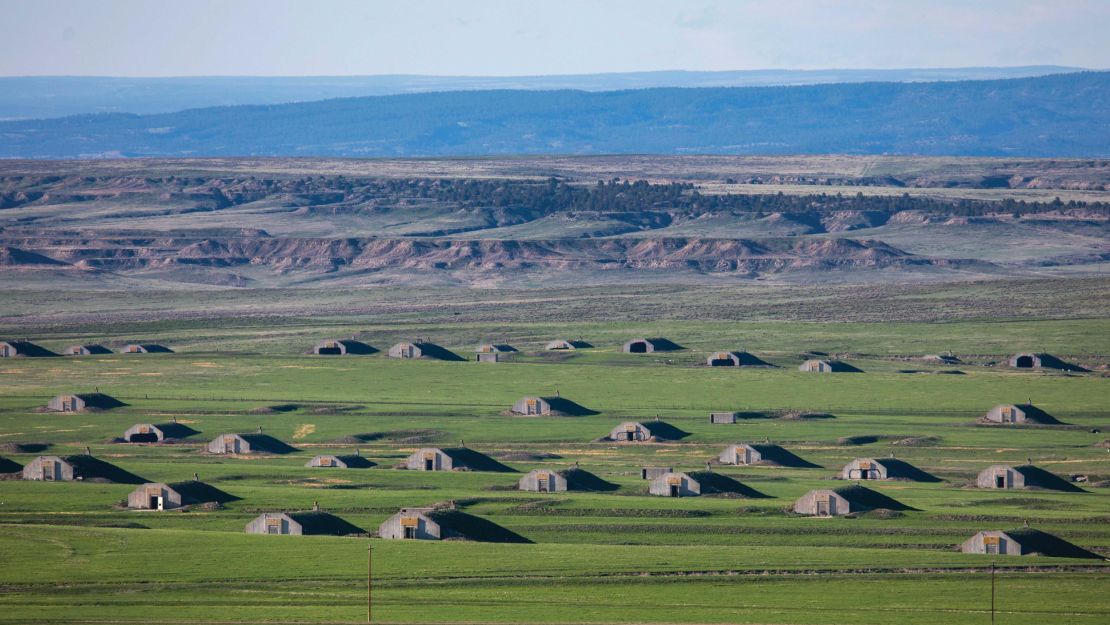
Another intriguing US site is the former US Army Black Hills Ordnance Depot in South Dakota.
Green fields and open skies belie the fact that this was once a testing site for chemical weapons such as mustard gas.
This is one of a few sites in the book that isn’t strictly abandoned – some of the igloo-style huts were bought by a Californinan developer in 2017, who transformed them into “doomsday shelters” in case of an upcoming apocalypse.
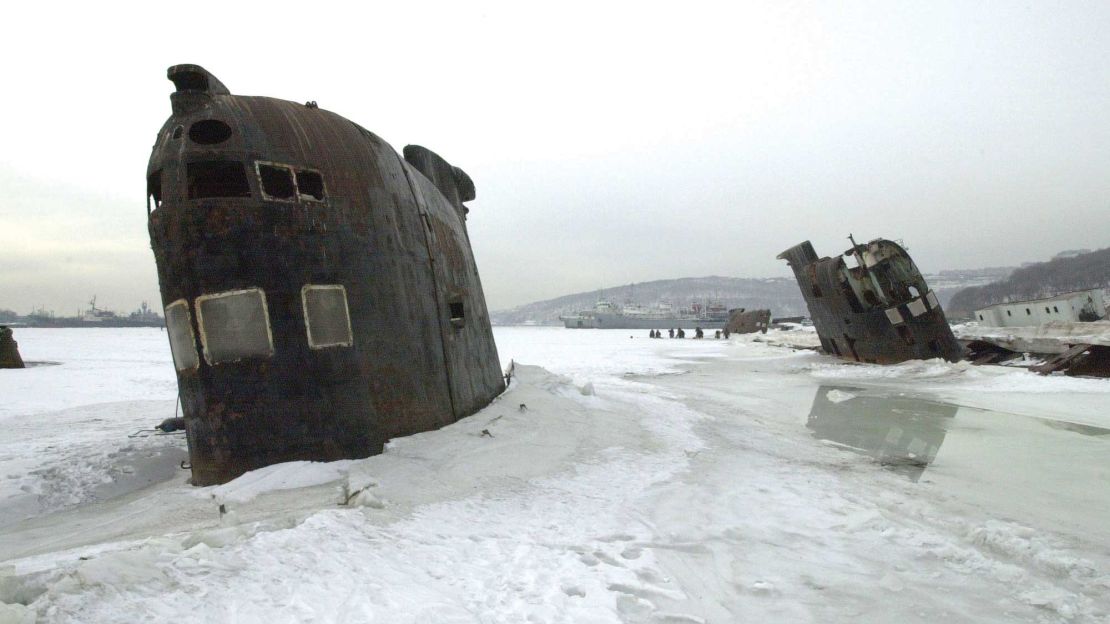
That feels bizarrely appropriate – many of the places in the book have a looming sense of the apocalyptic.
Take the wrecked submarines eternally trapped in the ice outside Vladivostok, Russia or the remains of barbed wire and electrified fences in Bucina in the modern day Czech Republic, that serve as a reminder of a past border.
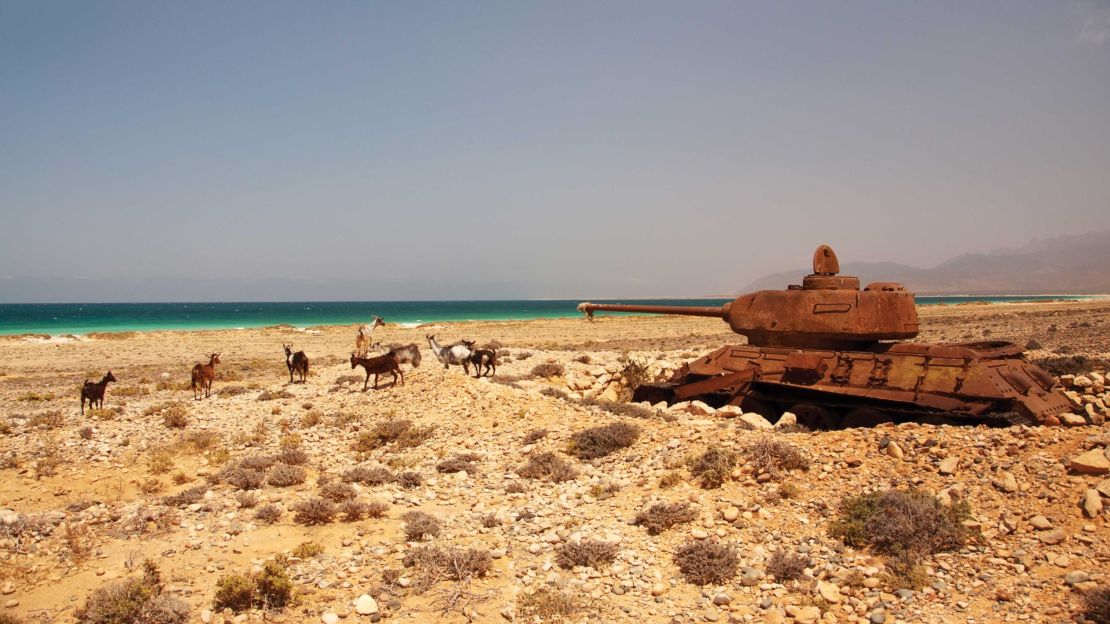
Or what about the striking photograph from Socotra Island in Yemen, a disused T-34/85 Medium Tank, flanked not by soldiers but by goats. Socotra Island, situated between Africa and the Arabian peninsula, was pinpointed as a strategic location for the Soviet navy, who used it as a base in the 1970s until the mid ’80s.
The interior images serve as even more of a time capsule – as Grenville describes it, there’s “the sense that it’s as if someone has just left the room to make coffee, and could at any moment walk back through the door.”
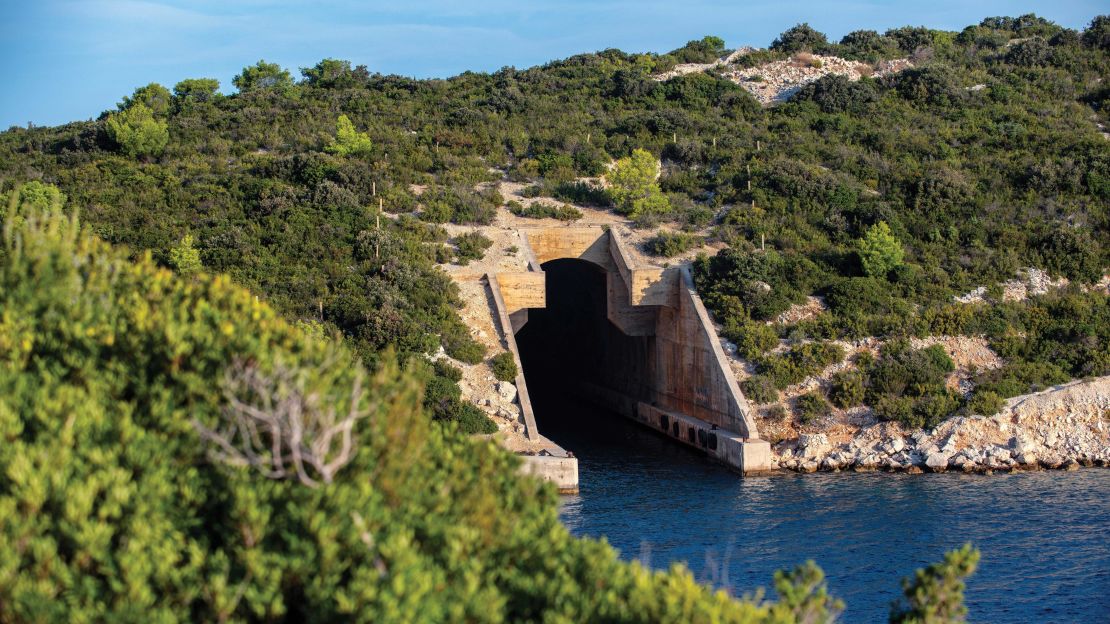
Other sites are distinctive because there’s such a contrast between the not-so-distant past and the present.
On Vis, Croatia, there’s a shot of a former submarine pen. Now this Adriatic island is a vacation destination, forming the backdrop of the sun-drenched, ABBA-soundtracked fun of recent movie “Mamma Mia! Here We Go Again.”
A more unlikely vacation spot is Bechevinka, Kamchatka Peninsula, Russia – once a naval base called Petropavlovsk-Kamchatsky-54, this not-easily-accessed locale is now a tourist destination.
Chilling reminder
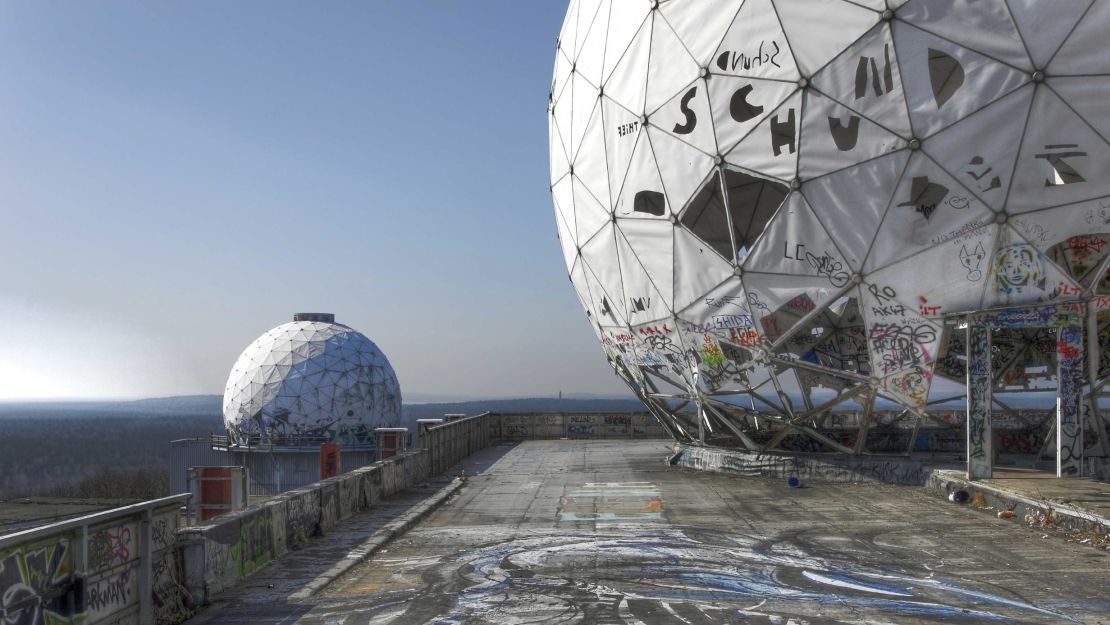
The author, who grew up in the UK during the last decades of the Cold War, says the specter of the conflict had “a great impact on me and how I thought about the world as a young person.”
Grenville is also conscious of the continued relevance of the war.
“Recent events have raised old, familiar tensions between the great world powers, even if those powers are no longer the same as they were 30 years ago,” he says.
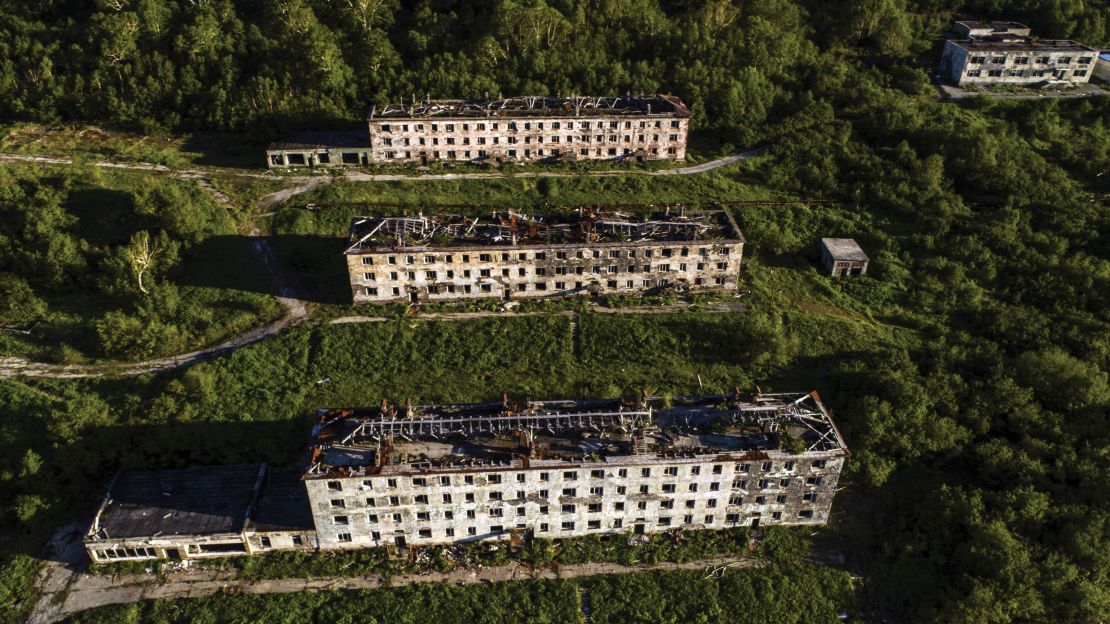
“The events of that era, such as the Cuban Missile Crisis, serve as a warning to today’s leaders that a false step can quickly lead to potential catastrophe.”
The physical relics of the epoch also serve as a reminder of the scale of the conflict and the fear it imbued.
The photo-led book includes Grenville’s carefully researched captions, but he’s conscious he’s only providing a peek into this forgotten world.
“I could have written much more on some of the images, but I hope that readers might be inspired by the book to pursue their interest in the Cold War further – it is such a fascinating period of history that shaped much of our world today.”
All images taken from the book Abandoned Cold War Places by Robert Grenville (ISBN 978-1-78274-917-2) published by Amber Books Ltd (www.amberbooks.co.uk)















